Shift in Shipping Practices
The evolving practices within the shipping industry are significantly influencing the Very Low Sulphur Fuel Oil Market. As companies increasingly prioritize sustainability and environmental responsibility, there is a marked shift towards adopting cleaner fuels. This transition is not merely a response to regulatory pressures but also a strategic move to enhance corporate image and meet consumer expectations. By 2025, many shipping companies have reported a substantial increase in the use of very low sulfur fuel oil, reflecting a broader commitment to reducing their carbon footprint. This shift is likely to continue, as stakeholders recognize the long-term benefits of investing in cleaner fuel alternatives, thereby driving further demand in the market.
Economic Growth and Trade Expansion
The correlation between economic growth and the demand for shipping services is a significant driver for the Very Low Sulphur Fuel Oil Market. As economies expand, trade activities increase, leading to a higher volume of goods transported by sea. This uptick in shipping activity directly correlates with an increased demand for marine fuels, including very low sulfur fuel oil. Projections for 2025 indicate that the global trade volume is expected to rise, further propelling the need for compliant fuels. Consequently, shipping companies are likely to invest in very low sulfur fuel oil to meet both regulatory requirements and the growing demand for shipping services, thereby reinforcing the market's growth trajectory.
Regulatory Compliance Driving Demand
The stringent regulations imposed by various maritime authorities regarding sulfur emissions are a primary driver for the Very Low Sulphur Fuel Oil Market. The International Maritime Organization's (IMO) 2020 sulfur cap mandates that ships must use fuel with a sulfur content of no more than 0.5%, significantly reducing the permissible levels from previous standards. This regulatory shift has compelled shipping companies to transition to compliant fuels, thereby increasing the demand for very low sulfur fuel oil. As of 2025, it is estimated that the market for very low sulfur fuel oil has expanded to encompass a substantial share of the marine fuel market, reflecting the industry's adaptation to these regulations. The ongoing enforcement of these rules suggests that compliance will continue to be a critical factor influencing market dynamics.
Technological Innovations in Fuel Production
Advancements in refining technologies are playing a pivotal role in shaping the Very Low Sulphur Fuel Oil Market. Innovations such as hydrocracking and desulfurization processes have enhanced the ability of refineries to produce low sulfur fuels efficiently. These technologies not only improve the yield of very low sulfur fuel oil but also reduce production costs, making it more accessible to a broader range of consumers. As of 2025, the market has witnessed a notable increase in the number of refineries adopting these advanced techniques, which has contributed to a more competitive landscape. The integration of digital technologies in monitoring and optimizing production processes further indicates a trend towards increased efficiency and sustainability in fuel production.
Environmental Awareness and Corporate Responsibility
The heightened awareness of environmental issues among consumers and businesses is a crucial driver for the Very Low Sulphur Fuel Oil Market. As stakeholders become more conscious of the environmental impact of shipping activities, there is a growing expectation for companies to adopt sustainable practices. This trend has led to an increased preference for very low sulfur fuel oil, which is perceived as a cleaner alternative to traditional fuels. By 2025, many companies have begun to incorporate sustainability into their operational strategies, recognizing that using low sulfur fuels not only complies with regulations but also enhances their brand reputation. This shift towards environmental responsibility is likely to sustain the demand for very low sulfur fuel oil in the foreseeable future.


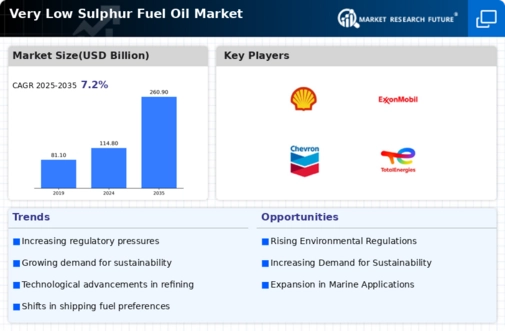
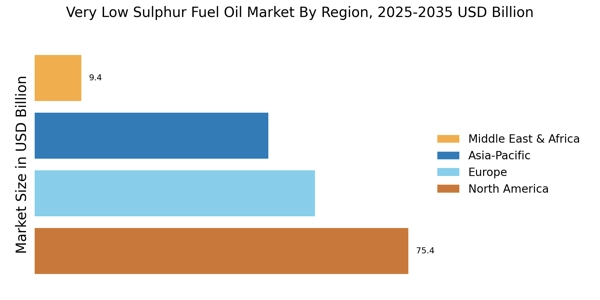
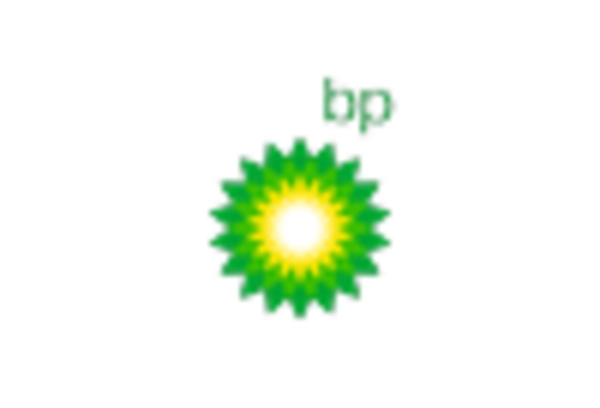
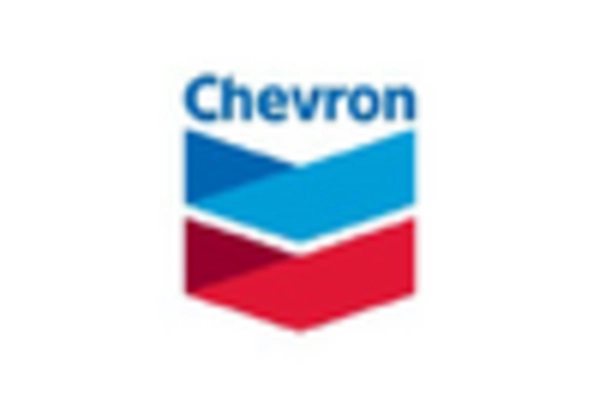
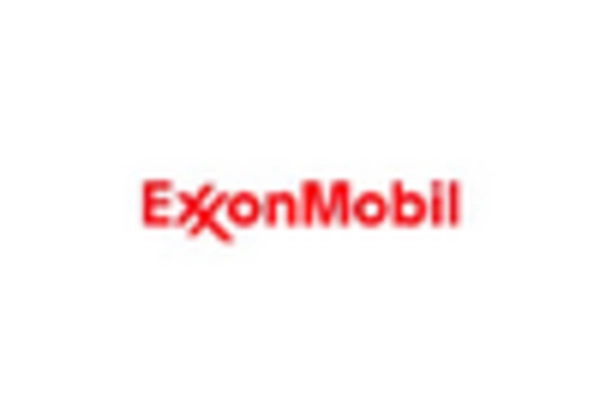

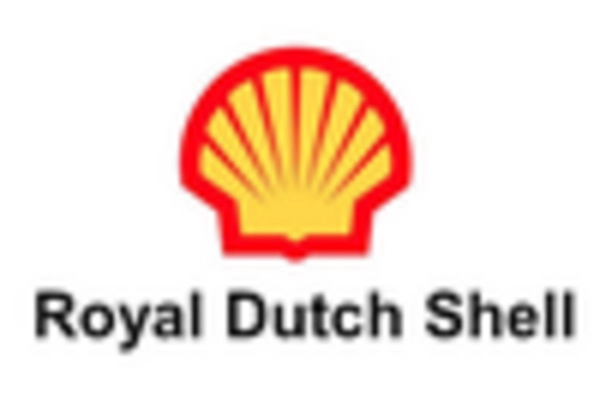
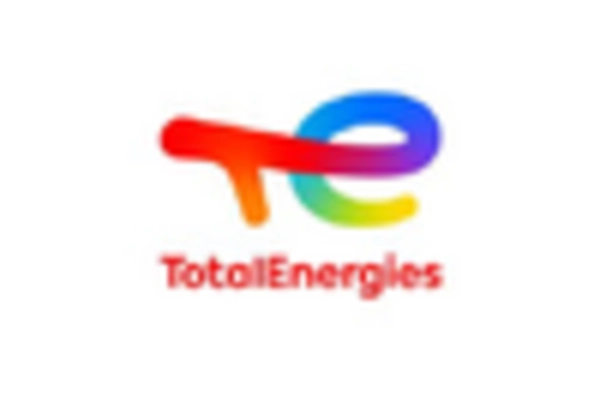








Leave a Comment